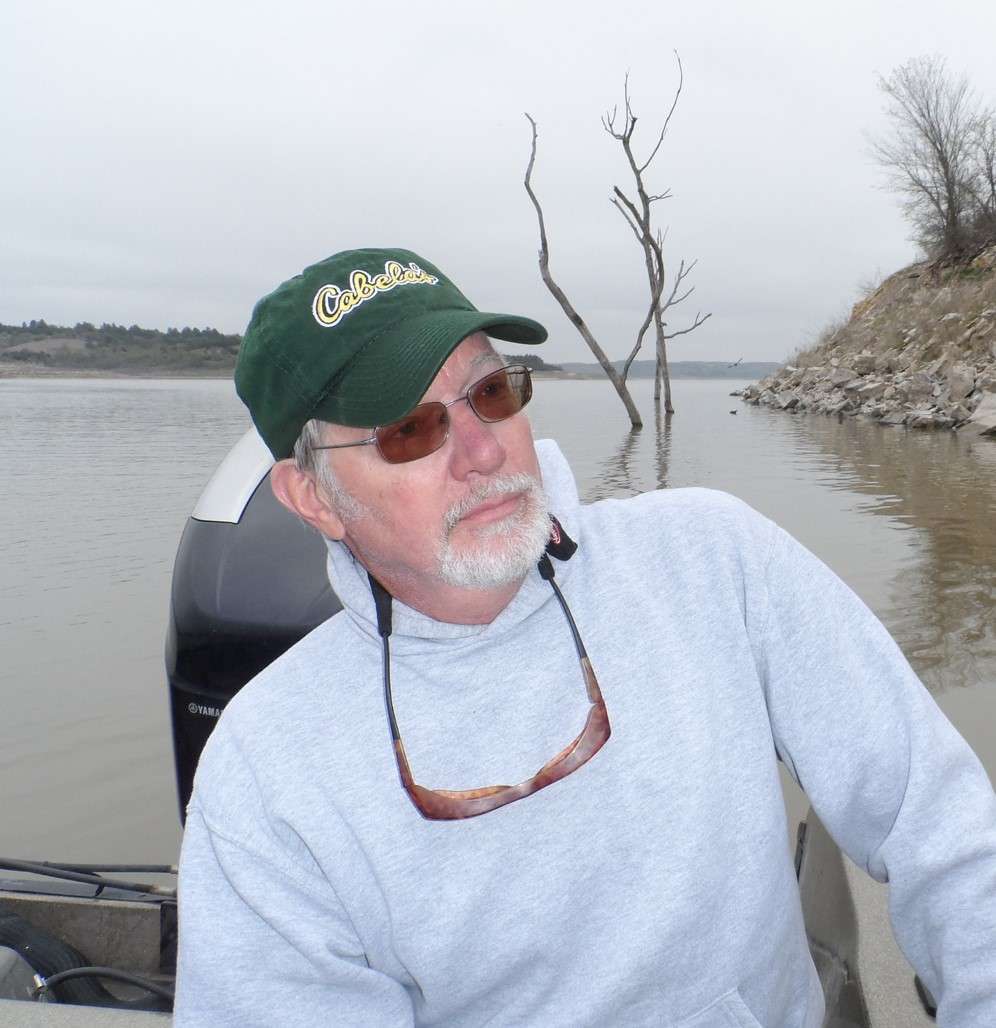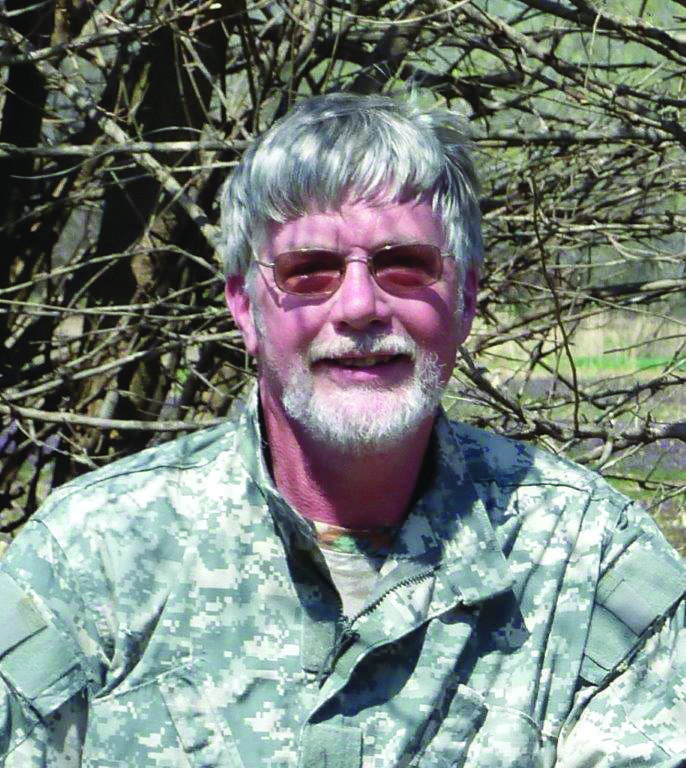We settled into the blind well before sunup to watch and listen to the day awaken. The glow of the new morning had barely climbed above the horizon when Greater Prairie Chickens began to fly in from the pastures around us. Just as we had been told, we heard their distinctive “booming,” like a mourning dove on steroids, before we ever saw the first arrive. One or two at a time they came until nine males boomed, strutted and scampered about, merely fifty yards away.
Known as a “lek,” this hallowed patch of high, open ground is chosen by the males as one of several mating sights each year. Like junior high boys at the school dance, each male inflates the bright orange throat patch on each side of its head, fans out its tail, tucks its head down & forward and struts and scampers about and picks fights with his buddies, all in an attempt to attract and impress the “ladies.” The booming sound comes when those throat patches are deflated, and booms are often mixed with a hysterical assortment of clucks, purrs and twitters.
Bob and Margaret Massey are walking encyclopedias about “all things greater prairie chicken,” as they have had leks on their ground just east of Dexter, Kansas for as long as they can remember. It seems the birds like their bare, open soybean and milo stubble fields in early spring because they are the highest points around, and because they are some of the few crop fields amidst thousands of acres of rolling pasture. Greater Prairie Chickens seem to nest only in native grasses so they do well in the tall native-grass pastures in the southern part of Kansas. In the 1990’s there were often 8 to 10 leks on or near the Massey’s property, and it was common to see 500 to 600 greater prairie chickens from blinds surrounding those leks. Word of mouth brought professional photographers and visitors from all over the US and from as far away as England, Germany and Canada. In the early 2000’s ranchers began experimenting with increased grazing practices that grazed the native grass pastures much shorter and the greater prairie chickens nearly ceased to exist in that part of the state.
Today, those grazing practices have been amended, allowing pastures to remain taller like before and the prairie chickens are returning. Another factor these birds have going for them is their ability to re-nest if their first clutch of eggs is lost. Massey told us they are able to re-nest up to 3 times without having to rebreed again; the first clutch of eggs will number about 12, and the number of eggs will diminish each time.
The Massey’s property has a nice lodge with sleeping quarter’s upstairs and entertaining facilities and a full kitchen downstairs, plus a stocked fishing pond. In honor of a son tragically killed in a tractor accident, Massey’s ran Mark Massey Memorial Boy’s Ranch from 1973 until 1985. Since then they have also shared their facilities and the Lord with abused wives and their children, a family member struggling with addiction and Missionaries awaiting support to serve in Africa. They also host church groups for retreats and workshops.
Today the board of directors of their 4M Ministries is strongly considering starting a Cowboy Church on Saturdays nights to provide a worship opportunity for area ranchers who must care for cattle on Sunday mornings. So whether it’s to watch and listen to the early spring antics of greater prairie chickens and to enjoy Margaret’s homemade biscuits and gravy afterwards, or to spend a weekend with your church group in the middle of the southeastern Kansas prairie, check them out at www.4mministry.com. You’ll instantly feel like you’ve known them your whole life…Continue to Explore Kansas Outdoors!
Steve can be contacted by email at [email protected].





Was only ready cause i don’t understand